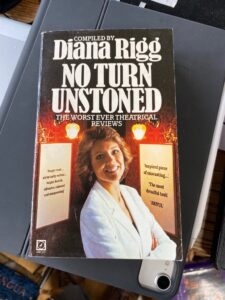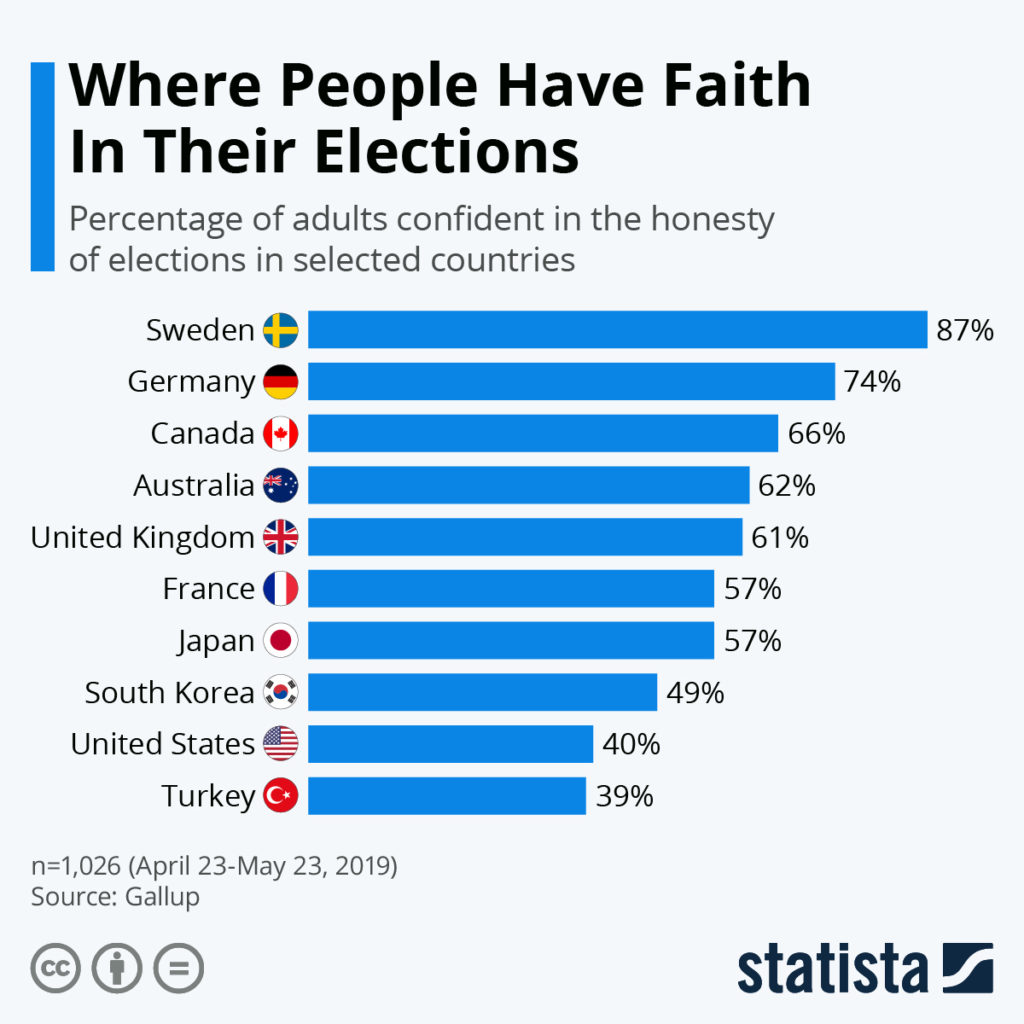Meadow walk

Seen yesterday evening.
Quote of the Day
”Apparently Anna Wintour wants to be seen as human, and Amy Odell’s biography goes some way to helping her achieve that aim. Nearly all the photographs show her smiling, looking friendly, even girlish. And the text quite often mentions her crying. On 9 November 2016 she cried in front of her entire staff because Hillary Clinton lost the election. But then she immediately set about trying to persuade Melania Trump to do a Vogue shoot. Melania, another tough cookie, refused unless she was guaranteed the cover.”
- Lynn Barber, reviewing Amy Odell’s biography of the heroine of The Devil Wears Pravda.
(It’s a characteristically sharp review, btw, and may even be outside the paywall.)
Musical alternative to the morning’s radio news
Haydn String Quartet No. 62, Op. 76 No. 3 “Emperor” (second movement) | Veridis Quartet
Long Read of the Day
Heather Cox Richardson on the ‘right to bear arms’
In the aftermath of the Texas child massacre, this has to be today’s Long Read.
For years now, after one massacre or another, I have written some version of the same article, explaining that the nation’s current gun free-for-all is not traditional but, rather, is a symptom of the takeover of our nation by a radical extremist minority. The idea that massacres are “the price of freedom,” as right-wing personality Bill O’Reilly said in 2017 after the Mandalay Bay massacre in Las Vegas, in which a gunman killed 60 people and wounded 411 others, is new, and it is about politics, not our history.
The Second Amendment to the Constitution, on which modern-day arguments for widespread gun ownership rest, is one simple sentence: “A well regulated militia, being necessary for the security of a free state, the right of the people to keep and bear arms, shall not be infringed.” There’s not a lot to go on about what the Framers meant, although in their day, to “bear arms” meant to be part of an organized militia.
As the Tennessee Supreme Court wrote in 1840, “A man in the pursuit of deer, elk, and buffaloes might carry his rifle every day for forty years, and yet it would never be said of him that he had borne arms; much less could it be said that a private citizen bears arms because he has a dirk or pistol concealed under his clothes, or a spear in a cane.”
Today’s insistence that the Second Amendment gives individuals a broad right to own guns comes from two places…
Read on. It’s worth it. Especially the bit about Steve Kerr, the basketball coach.
And then read James Fallows’s advice below.
The rituals we are about to see.
An excerpt from James Fallows’s blog post on the Texas shooting…
Four years ago, after the Parkland gun massacre, I wrote about the deflection steps that were likely to keep any mass killing from affecting gun policy. The sequence was this, slightly updated from what I had written after the gun massacre in Aurora, Colorado six years before.
Please use this as your guide in the days to come:
- As news of the killing comes in, cable channels give it wall-to-wall coverage.
- The NRA ducks its head down and goes dark for hours or days, in its Twitter and other social-media outlets.
- Politicians who have done everything possible to oppose changes in gun laws, and who often are major recipients of NRA contributions, offer “thoughts and prayers” to the victims, say they are “deeply saddened,” praise the heroes of law enforcement and of medical treatment who have tried to limit the damage, and lament the mental-health or cultural problems that have expressed themselves via an AR-15.
- “Thoughts and prayers” are of course admirable. But after an airline crash, politicians don’t stop with “thoughts and prayers” for the victims; they want to get to the bottom of the cause. After a fatal fire, after a botched response to a hurricane, after a food-poisoning or product-safety failure or a nursing-home abuse scandal, “thoughts and prayers” are the beginning of the public response but not the end. After a shooting they are both.
- These same politicians say that the aftermath of a shooting is “not the right time” to “politicize” the tragedy by talking about gun laws or asking why only in America do massacres happen week after week after week. The right time to discuss these policies is “never.”
- The news moves on; everyone forgets except the families and communities that are forever changed.
- The next shooting comes, “thoughts and prayers” are offered, and the cycle resumes.
Welcome to democracy, American-style.
Ukraine is using electric bikes to move Anti-Tank weapons around
As regular readers may know, I’ve been a fan of e-bikes for years. But I never anticipated how they might be useful in wartime.
Fascinating Motherboard report.
On Telegram last week, pictures surfaced of the Delfast branded bikes that had been modified to carry massive anti-tank weapons. The two photos showed the e-bike modified with a crate on the back and a huge missile launcher poking from the back.
The e-bikes are used for transporting the launchers; the anti-tank weapons aren’t fired from the back of the bikes. The quiet design and fast speed—a Delfast can reach speeds up to 50 mph—allow the bikes to move NLAWS into position and quickly flee once fired…
Thanks to Charles Arthur for spotting it.
My commonplace booklet
The annual Farne Islands puffin count returns (in pictures)
Magical!
This Blog is also available as a daily email. If you think that might suit you better, why not subscribe? One email a day, Monday through Friday, delivered to your inbox. It’s free, and you can always unsubscribe if you conclude your inbox is full enough already!


